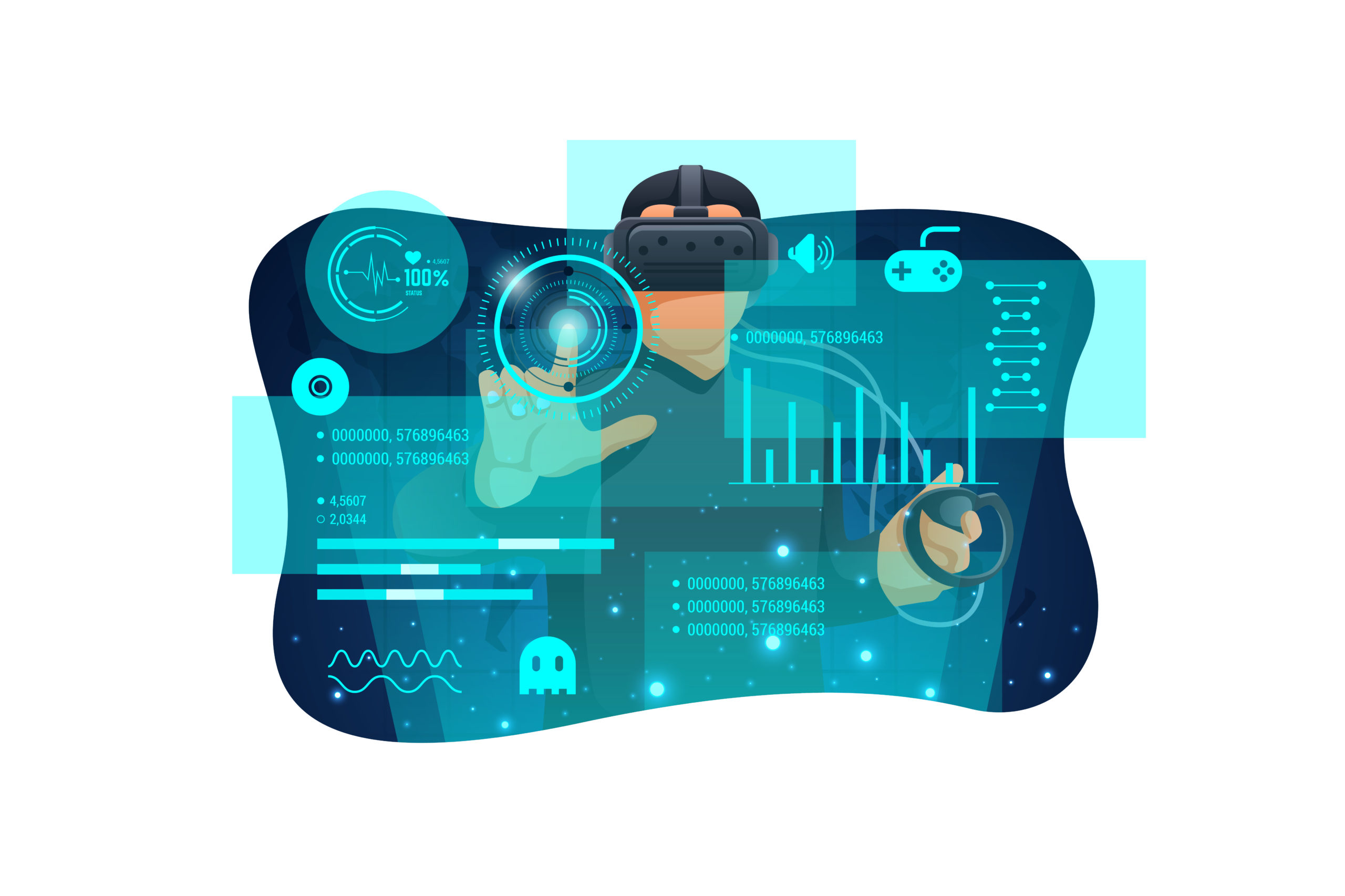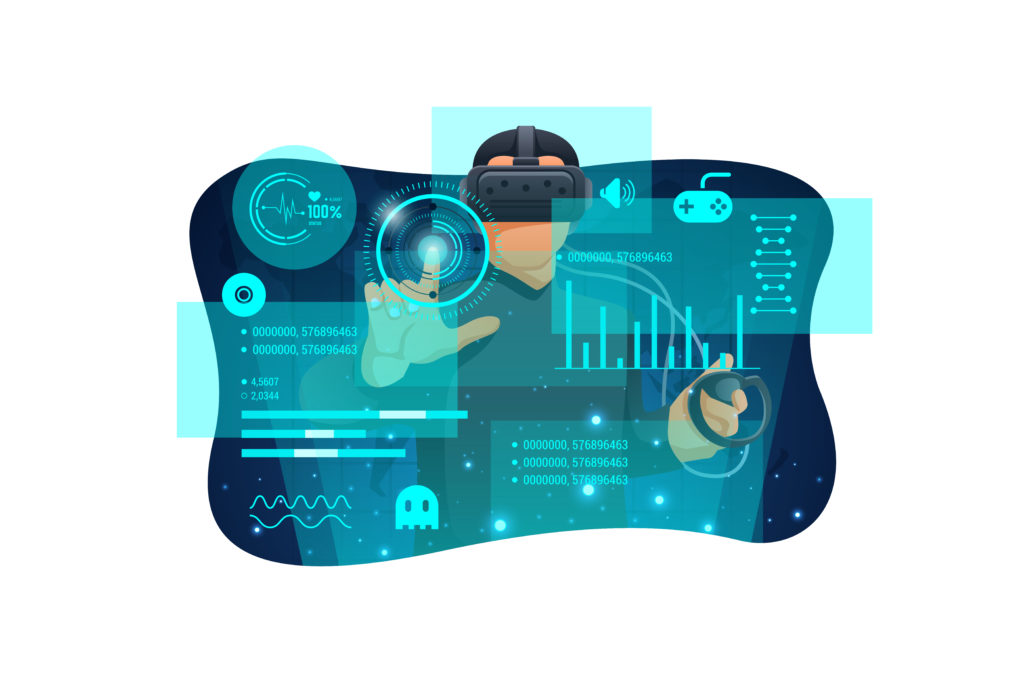
Future-Proofing Creative Industry Skills for the Fifth Industrial Revolution

How prepared are those in the creative industry to face the skills gap, falling competitiveness, and obsoleted jobs that will be ushered in by the Fifth Industrial Revolution (FIRe)?
PageJump Media was invited by the Department of Information and Communication Technology (DICT) to talk about how the creative industry can withstand the challenges posed by FIRe. With an audience of national government agencies, private partners, non-government organizations, and civil society organizations, PageJump founder Ray Calbay shared his consultancy work as well as his previous international experience with a company that manufactured hardware such as smart phones, wearable devices, virtual reality (VR)/augmented reality (AR), blockchain applications, and 5G hubs.
Brink of FIRe
The Fifth Industrial Revolution (FIRe) is brought about by the availability of 5G (which is 100% faster at 300 MB per second than 4G) and big data (characterized by volume, velocity, and variety). Observers signalled that FIRe has already started, initially driven by technological fusion, the rise of artificial intelligence (AI) and robotics, and the Internet of Things (IoT). Technological fusion means physical, digital, and biological interfacing, such as what’s now possible with 3D printing. AI and robotics are about automation and autonomous machines, while IoT is paving way for computing to be embedded in everyday objects.
From a focus on content strategy and cross-media publishing, Ray noted that PageJump’s incoming projects from international clients have recently ranged from data collection for voice recognition technology, glossaries and terminology lists for VR, and user experience (UX) testing of cloud-based apps – proof that FIRe is coming sooner than later even for local service-oriented companies.
With this development, he called attention on the needed paradigm shift of looking to higher education not for skills training but as an opportunity to find connections and applications of existing knowledge to new contexts. He also cited Stemtosteam.com, an initiative from the Rhode Island School of Design, that advocates for reconsidering traditional STEM emphasis and reintroducing interdisciplinary fields such as “History, Philosophy, and the Social Sciences”, “Literary Arts and Media Studies”, and “Theory and History of Art and Design” to the curriculum.
The creative force of “diskarte”
Disruptive innovation brought about by FIRe will make many jobs obsolete. By 2022, 50% of the current workforce will be reduced by automation; 54% of all employees will require significant re- and upskilling per estimates of the World Economic Forum. In the Philippines, around 35% of occupations have a high possibility of automation, as stated by the Philippine Institute for Development Studies.
The creative industries are particularly well-positioned to take the challenge since it is rooted in “individual creativity, skill, and talent” creating wealth and generating jobs through intellectual property (InvestPhilippines.info). The creative industries span those involved in advertising and brand design, apps and digital products, to music and performance arts. These are considered strong suits of the Philippines, with the British Council saying that the country “is probably best-placed to develop its creative services, utilising digital capacity and English language to drive growth in local market development and export.”
In 2015, PageJump launched its Cyberpreneur brand and advised that aspiring online entrepreneurs have to “get creative with multimedia, read basic code, especially HTML, and understand web analytics”. In the case of FIRe, Ray equated that these same skills should shift towards the capacity of businesses to “synthesize physical and digital experiences, code for automation and design AI, and interpret big data.”
Colloquially, Filipinos are fond of using the term diskarte to describe what can be done to survive and thrive in times of uncertainty. The word loosely translates to “strategy” and “resourcefulness”, making do with what are available to respond as the situation calls for it. This same approach is the best defense of those in the creative industry in countering the negative effects of FIRe. Those that can find ways to temper “FIRe” won’t get burned and instead will be able to adapt and control it.
As technology continues its fast-paced advances, our “humanity” will let us thrive – countering automation with imagination. Ray concluded his talk by reminding that we’re only getting glimpses of the future, but it’s up to us to imagine what it could be.




